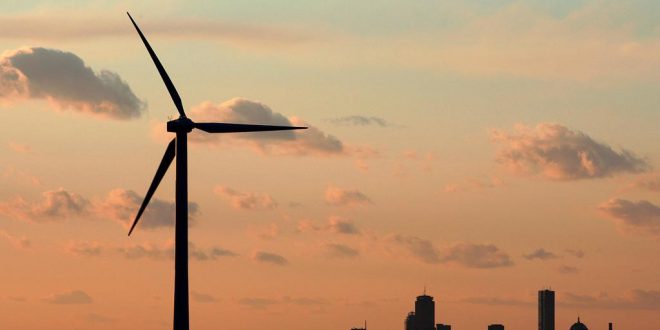The International Energy Agency (IEA) downgraded its five-year outlook for renewables in the Middle East and North Africa (Mena) region as a result of financial risks for projects in Iran and Egypt.
“Affordable financing remains critical for growth in markets where remuneration levels are competitively set.“ the IEA said in a report released on Wednesday. “Determining support levels that accurately reflect the financing risks faced by developers remains a challenge in markets where they are administratively set.“
The IEA expects the region’s total renewable energy capacity to grow by nearly 60 per cent to 40 gigawatts by 2022. However. this is an 11 per cent drop from the IEA’s forecast last year of 45GW.
The energy watchdog said that the less optimistic forecast is because of downward revisions in Iran and Egypt as a result of uncertainties over regulatory policy and high financing costs.
Iran actually leads the way with renewables in the region. expecting 3.3GW added over the next five years. but only because of large-scale hydropower projects. The IEA said that other renewables – such as wind and solar – faced challenges.
The report said: “A difficult financing environment is the main challenge to attracting non-hydro renewable investment. The cost of capital is high from domestic banks. which are unfamiliar with renewable projects and have limited liquidity. while international lenders remain reluctant to finance the first projects given the risk of violating remaining trade restrictions.“
Egypt is a slightly different story. Renewable capacity in the North African country is expected to grow by 1.6GW by 2022 led by onshore wind and solar power projects. However. the development of these projects under the competitive bidding scheme is uncertain given the administrative delays and prolonged contractual agreements which risk deterring investors. “Insufficient developer interest was cited as one of the reasons for postponing the latest 200 megawatt solar photovoltaic tender.“ the IEA said.
Egypt’s slow off-take process is similar to that of Jordan. said Cornelius Matthes. senior vice president of Desertec Industrial Initiative. Jordan’s projects in round one took nearly four years to reach financial close. but the next round went smoother only taking two years for companies to complete financial obligations.
“There has been a painful waiting process in Jordan. the same that Egypt experienced.“ Mr Matthes said. “The projects in Egypt are expected to close in October. a minimum of 20 [projects]. potentially up to 30.“
Yet as the Mena region is beginning to take off in the field of renewables. there will be growing pains. said the Middle East Solar Industry Association.
“The key is to have a mix of different sizing and have a clear pipeline and have a transparent process to encourage participants around the globe.“ said Gurmeet Kaur. Mesia communications director. “It’s very early days. regulations are new so there will be a learning curve – but this is still a positive movement.“

 Iran Energy News Oil, Gas, Petrochemical and Energy Field Specialized Channel
Iran Energy News Oil, Gas, Petrochemical and Energy Field Specialized Channel



